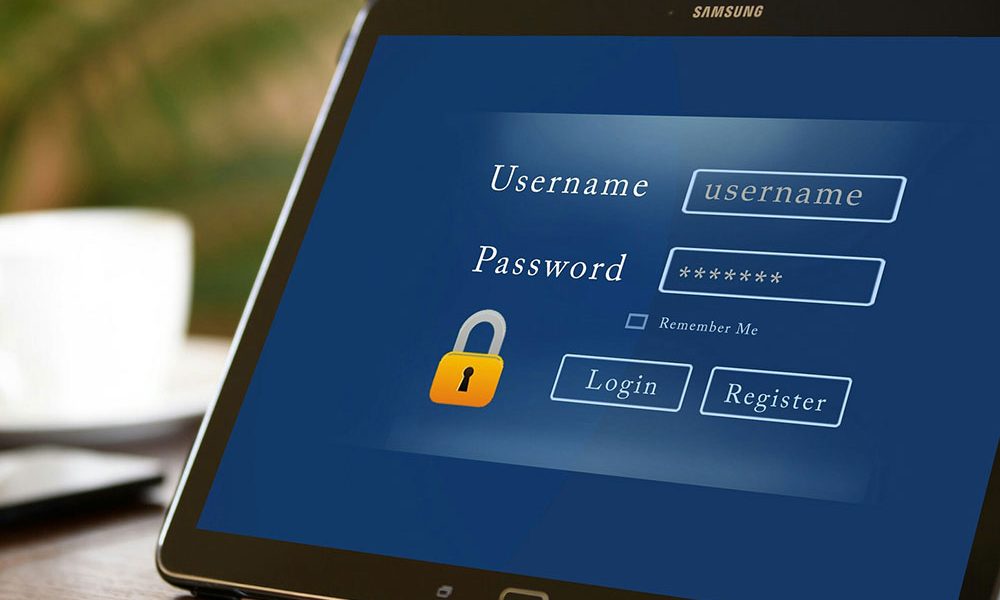We’re seeing more and more data breaches of large-scale corporate and government organizations in the news daily. Cyber attacks on healthcare systems increased in 2020, and the healthcare sector is expected to fall under even greater pressure from cyber criminals in 2021. In addition, the pandemic has accelerated security needs for healthcare organizations who have more employees than ever working from home and are experiencing an increase in connected device usage. Attacks on networked medical devices and the data they collect and transmit can be both costly and concerning to patient safety. Devices such as defibrillators and insulin pumps could malfunction.
Technologies that leverage device authentication and behavioral biometrics allow organizations to scan devices for potential threats from the moment the end user accesses the website or mobile application, collecting data that can be used to build the user’s digital identity.
On the positive side, this spike in threats could lead to healthcare organizations implementing better tools and defenses against such attacks including better password management, multifactor authentication for healthcare, enhanced protection for medical devices, and verification of patient identity.
CISOs Speak Out in Security Panel
In a recent virtual security panel, hosted by HealthcareInnovation and LexisNexis® Risk Solutions, industry experts discussed how CISOs are continually improving their technology and security operations to identify bad actors more easily and mitigate threats. As threat factors intensify, this candid panel discussion addresses what healthcare organizations should be investing in.
The HealthcareInnovation May virtual series – Securing Your Digital Future – is now available to view. Register to watch the four sessions on demand.
Watch the first session below, Investing in the Right Cyber Tools and Services for Your Organization, featuring panelists from Penn Medicine, Premise Health, and LexisNexis Risk Solutions Health Care.
Fighting Back Against Cyber Attacks
As cyber attacks become more sophisticated, so will the technologies being used to stop them. And as the bad guys raise the bar, it’s up to healthcare security leaders to stay ahead of the threats with more sophisticated yet user-friendly approaches.
With the significant increase in patient portal adoption, a 46% increase in telehealth adoption, and a 17% of the healthcare workforce working remotely, we are past the debate of whether single or multi-factor authentication is enough before granting remote access to sensitive information such as PHI or internal network systems.
The conversation has evolved into how to effectively balance patient engagement and data security by verifying not just the end user’s physical identity but also their digital identity. Technologies that leverage device authentication and behavioral biometrics allow organizations to scan devices for potential threats from the moment the end user accesses the website or mobile application, collecting data that is used to build the user’s digital identity.
In addition, healthcare organizations must prepare for the reality of the 21st Century Cures Act, which mandates the sharing of PHI between systems. CISOs are responsible for monitoring the flow of data inside and outside of the organization while ensuring HIPAA compliance strategies are in place.
As the mission of balancing patient data sharing and ensuring data security weighs on health systems, it will be up to the CISO to incorporate the right technologies and systems in the right places within their workflow to promote adoption and ease of use while mitigating the risk of fraud.
Learn more about how LexisNexis Risk Solutions is ensuring the right people have access to the right systems and healthcare data.





